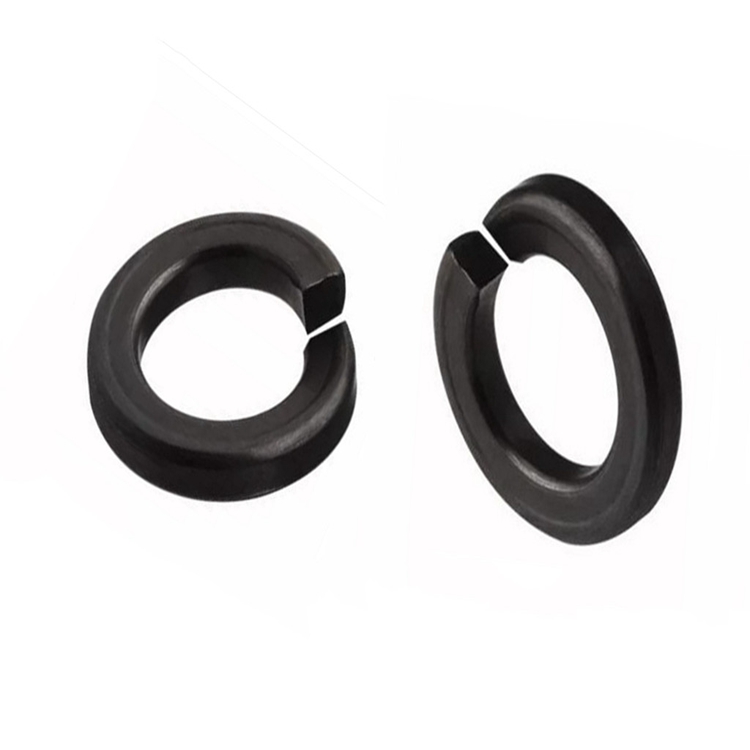High-Quality Fiber Cement Siding Screws - Durable & Reliable Fasteners
Sep . 15, 2024 14:04 Back to list
High-Quality Fiber Cement Siding Screws - Durable & Reliable Fasteners
Understanding Fiber Cement Siding Screws and their Manufacturing
Fiber cement siding has become a popular choice for homeowners and builders due to its durability, aesthetic appeal, and low maintenance requirements. As this construction material gains traction, the importance of using the right fastening components, such as fiber cement siding screws, cannot be overstated. In this article, we will delve into the characteristics of fiber cement siding screws and explore the manufacturing process behind them.
What are Fiber Cement Siding Screws?
Fiber cement siding screws are specially designed fasteners used in the installation of fiber cement siding. Unlike traditional wood screws, these screws are engineered to withstand the unique properties of fiber cement. They are often made of corrosion-resistant materials, such as stainless steel or coated metal, to ensure longevity even in harsh weather conditions. Their design typically features a sharp point for easy penetration, along with threads that provide superior grip on the siding material.
Why Use Fiber Cement Siding Screws?
One of the main benefits of using fiber cement siding screws is their ability to prevent damage to the siding. Fiber cement can be brittle during installation, making it crucial to use screws that can securely hold the panels without causing cracks or splits. Additionally, the right screws enhance the siding's overall performance, allowing it to expand and contract in response to temperature changes without compromising its structural integrity.
Moreover, the use of fiber cement siding screws can significantly reduce the risk of moisture infiltration. Since these screws come with high-quality coatings, they provide better resistance against rust and other forms of corrosion, which is essential in preventing water damage and ensuring the longevity of the siding.
fiber cement siding screws factory

Manufacturing Process of Fiber Cement Siding Screws
The manufacturing of fiber cement siding screws involves several steps to ensure the screws meet the industry's high standards. The process typically begins with selecting the right materials. Manufacturers often opt for high-grade metals that offer excellent durability and resistance against environmental factors.
Once the materials are chosen, they undergo a series of treatments, including cutting, shaping, and coating. The screws are cut to specific lengths and shaped with sharp points that make installation easier. Manufacturers then apply a protective coating, such as zinc or a polymer finish, to enhance the screws' resistance to rust and corrosion.
After the initial production, screws undergo rigorous quality testing. This stage is crucial to ensure that each screw meets the performance standards necessary for fiber cement siding applications. Tests may include assessing the screw’s tensile strength, corrosion resistance, and overall durability.
Conclusion
In summary, fiber cement siding screws play an essential role in the installation of fiber cement siding, providing the necessary support and protection to ensure the longevity of the material. The careful selection of raw materials and the meticulous manufacturing process contribute to the effectiveness of these fasteners. As demand for fiber cement siding continues to grow, so too does the need for high-quality screws, making them a vital component in the world of modern construction. Ensuring that these screws are sourced from reputable manufacturers will ultimately lead to successful siding installations and satisfied homeowners.
Latest news
-
Premium Phosphated Drywall Screws Supplier | Durable, Rust-Resistant
NewsAug.27,2025
-
Reliable Wire Bolts Suppliers | Quality Zinc Plated Fasteners
NewsAug.26,2025
-
Wire Bolts Suppliers: Durable & Reliable Fasteners for Every Project
NewsAug.25,2025
-
Premium Cabinet Bolts Supplier | Wholesale & Custom Solutions
NewsAug.24,2025
-
Reliable Axle Nuts Supplier | Quality & Precision Fasteners
NewsAug.23,2025
-
Durable Bolts for Lawn Mower Handle - Top Supplier & Manufacturer
NewsAug.22,2025
